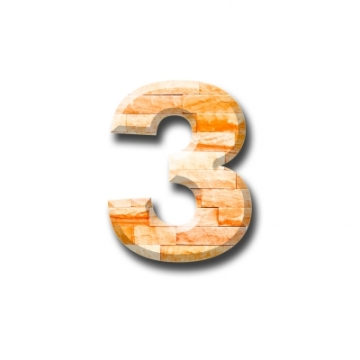
The 3 Types of Organizational Learning
There are so many different types of organizational learning models out there that it can positively make one’s head spin. It has come a long way since Argyris and Schorn proposed the original model back in the early 90s, and the iterations aren’t going to slow down any time soon. Given the human animal and the unpredictable nature of it, and that of business, the search for a ubiquitous model that applies to all scenarios continues. This search will never end, because that which is sought does not and cannot exist. A unified theory of Newtonian and quantum physics will be easier to find, unfortunately.
For the moment, there are three major models widely used, and as such, we will look at these three models comparatively, and see which of the three is really the best for general application. We will factor in level of complexity, amount of work to manage as well as room for slack and adaptation in the face of the unpredictable and calamitous.
Which will win this … not so fierce competition? Will it be single-loop, double-loop or deuterolearning? Let’s find out.
Let’s discuss a generality between single and double loop types of organizational learning. They both share a couple component phases, double-loop bringing in one extra.
First, they share the question of “why”, the underlying assumptions behind a goal and scenario, which is variable and, in double loop, can change when returned to.
Second, they share an evaluation and process stage where goals, techniques and data are processed. This is the act of addressing and engaging in organizational learning, and inside this step are countless other smaller models which may be applied to the actions taken.
Finally, they share the result phase, or the outcome of a pass through the other two stages. This is where the success, failure, or level of state between them is gauged and realized. “Did it work?”
So, now that we know the common component phases of the two, let’s talk about how single-loop learning works with them. It is a one-directional transition from the “why” to the process of application and engagement. From there, depending on the result, if it is not the achievement of the ultimate goal, the loop will return to the application phase with more data from the results factored in, and reattempted.
This loop will continue until the goal, within a predetermined tolerance level, is achieved.
Double-loop learning follows the same initial path, from “why” to the application and then the result. Should the result not meet criteria, though, it does not loop directly back from result to application. In stead, a new component called “defensive reasoning” is approached. In this phase, obstacles are measured and quantified, with proposals for possibly how to get past them. They are also prioritized and the ramifications for not exceeding them are measured.
Then, and only then, it will return not to application, but to the ‘why”. In double-loop learning, this phase’s variable nature comes truly into play, integrating the variables from the defensive reasoning step. This allows a changing of goals and even needs assessment if need be, before moving on to application once more. It’s a bit more adaptive and less rigid.
As for deuterolearning – it’s a mess. This is an immensely complicated flow that closely emulates a parallel circuit board more than anything else. Basically, in deuteroloearning, there is a non-linear flow between two polar components, discipline focus and professional community, Between the two are a series of units within non linear phases in which branching paths are taken until the two poles actually match criteria on the same level.
These phases are predisposing, formative and inquisitional. While ideally they try to be a linear process, they seldom are. Honestly, this is a confusing and difficult to implement learning method which even some of the most skilled and learned training professionals don’t always completely understand. It’s more often used as a guideline for the application process in the other two models, as its dipolar and nonlinear flow causes logistical headaches especially with larger organizations.
So, which of these is the easiest to manage while the most flexible? Really, the adaptive nature of double loop seems to be the most practical of these three types of organizational learning. Single loop works but is rigid and tight, and deuterolearning is just a headache looking for a victim.
